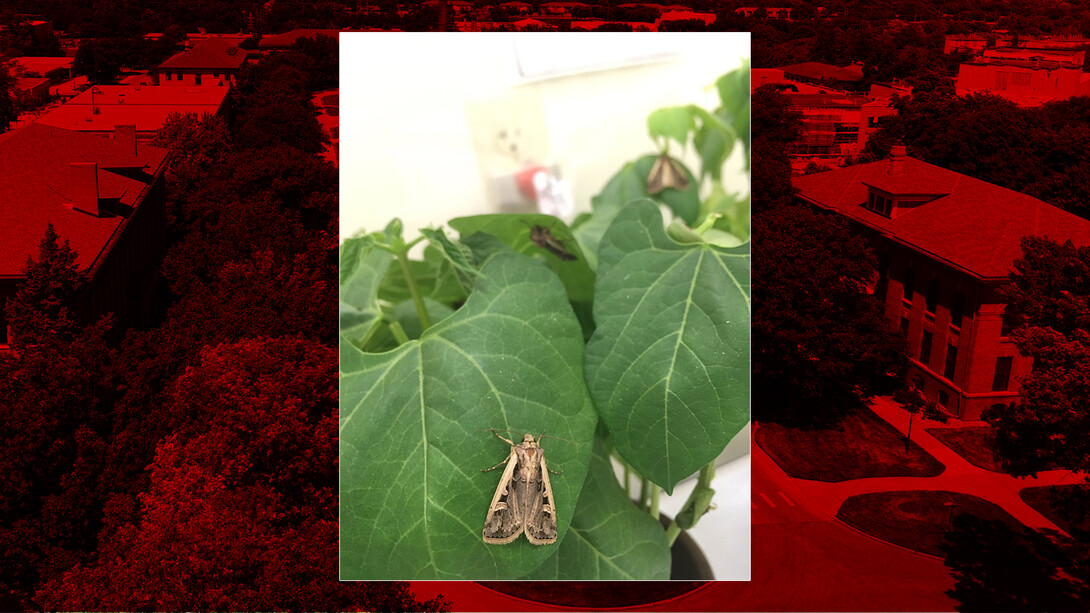
Lincoln, Neb. —One of the key pests in our region is the Western bean cutworm (WBC). WBC feeding can reduce the quantity and quality of dry bean and corn crops. Typically, control is achieved with a foliar application of a pyrethroid. However, unnecessary or ill-timed insecticide applications of any pesticide can be detrimental to the environment, the health of the applicator, and/or the health of the crop. Thus, scouting your fields for WBC populations may be beneficial.
In dry bean, place a pheromone trap in each corner of your field no later than the last week of June. Count the moths captured in these traps at least three or four times per week until the numbers of WBC peak. If the cumulative number of moths caught until the peak is fewer than 700, then your field is at low risk, if the number is between 700 and 1,000, then your field is at moderate risk, and if the number is greater than 1000, then your field is at high risk. If warranted, an application should be made 10-21 days after peak flight.
In corn, select at least five locations in each field. At each location, check twenty consecutive plants for WBC egg masses. Scouting for egg masses should begin when 25% WBC flight has occurred. Consider an application if 5-8% of plants have egg masses.
Degree-days may be used to predict insect emergence. These models measure the amount of heat an insect has been exposed to above a certain threshold. In 2015, researchers from the University of Nebraska-Lincoln and the University of Minnesota developed a model for the WBC. This model subtracts the daily average temperature from a threshold of 38°F to get a daily degree-day accumulation value. The daily values are summed starting on the 1st of March. Twenty-five percent flight occurs (thus, scouting in corn should be initiated) once 2,577 degree-days F have been accumulated.
Entomologists with the University of Nebraska-Lincoln use this degree-day model to create an annual report of WBC emergence predictions. The report from 2022 may be found here. The 2022 predictions are for 4 locations in Colorado, 5 in Kansas, 45 in Nebraska, and 4 in Wyoming. Another source of WBC degree-day predictions is UNL’s Agritools mobile App for Apple or Android.







